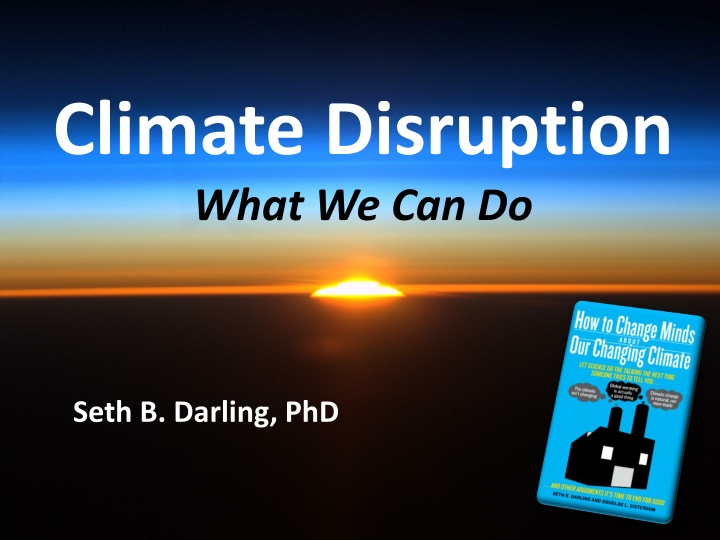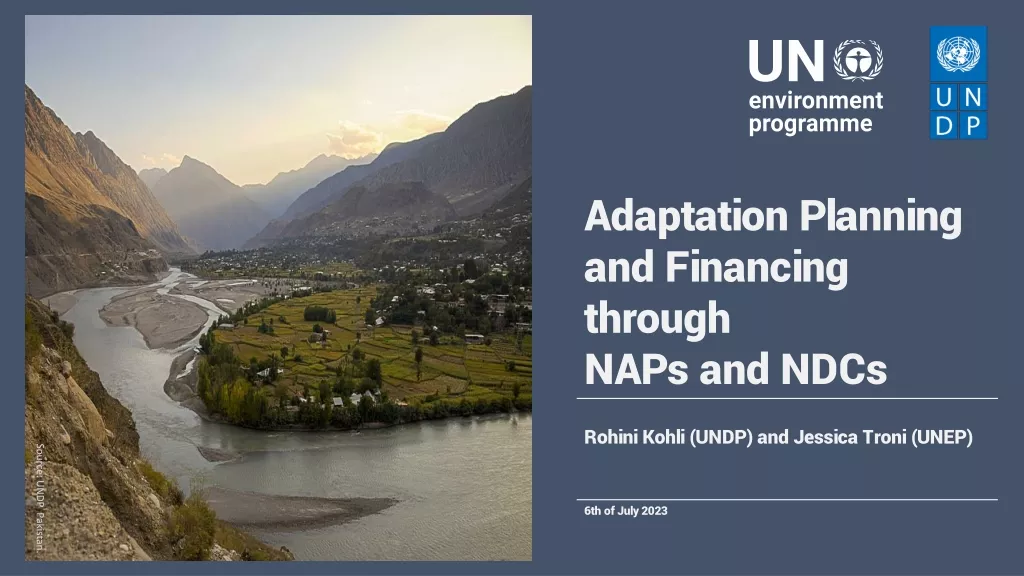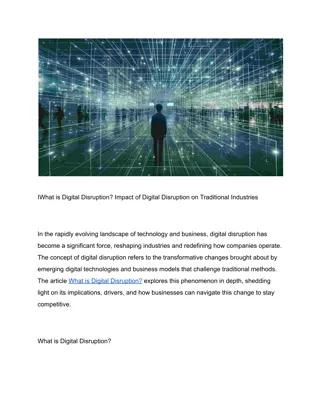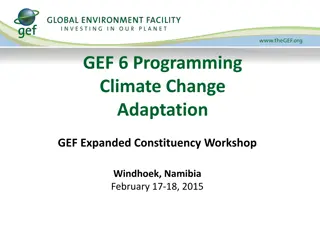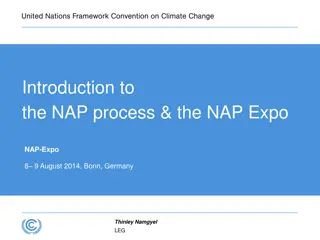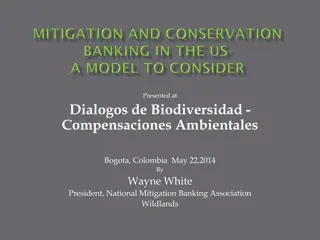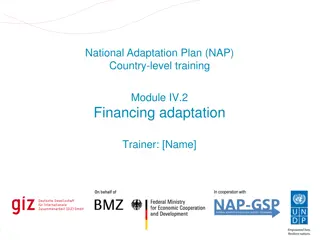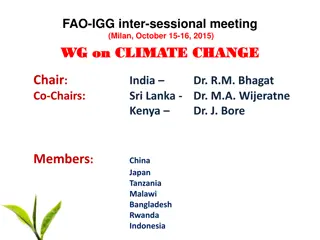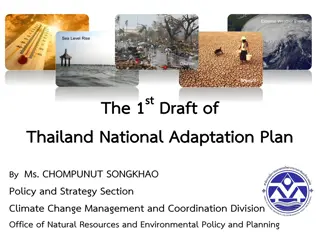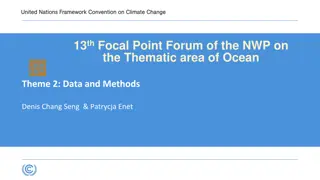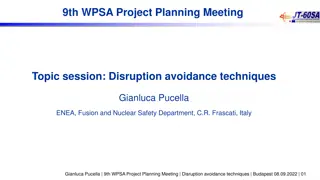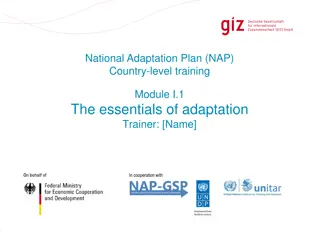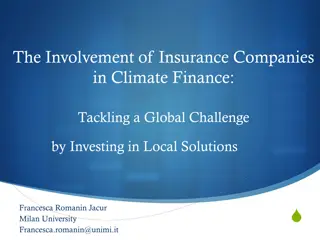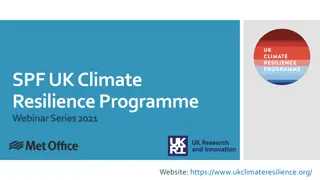Climate Disruption: What We Can Do - Mitigation, Geoengineering, and Adaptation
Explore the key strategies such as mitigation, geoengineering, and adaptation to address climate disruption. Learn about various options like reducing emissions, enhancing CO2 absorption in oceans, and deploying renewable energy sources to meet the increasing global energy demand. The feasibility of different energy sources and the challenges posed by the projected scenarios for future energy needs are also discussed.
Download Presentation

Please find below an Image/Link to download the presentation.
The content on the website is provided AS IS for your information and personal use only. It may not be sold, licensed, or shared on other websites without obtaining consent from the author.If you encounter any issues during the download, it is possible that the publisher has removed the file from their server.
You are allowed to download the files provided on this website for personal or commercial use, subject to the condition that they are used lawfully. All files are the property of their respective owners.
The content on the website is provided AS IS for your information and personal use only. It may not be sold, licensed, or shared on other websites without obtaining consent from the author.
E N D
Presentation Transcript
Climate Disruption What We Can Do Seth B. Darling, PhD
Our options Mitigation Geoengineering Adaptation
Our options Adaptation Plan for impacts Build resiliency Improve response capacity
Our options Fertilizing the ocean Adding minerals to ocean to enhance its CO2 absorption Accelerating rock weathering (dissolves CO2) Capturing CO2 from air Planting forests Absorb CO2 Deploying space mirrors Injecting aerosols into stratosphere Seeding marine clouds Brightening ocean with microbubbles Growing reflective crops Whitening rooftops Reflect sunlight Geoengineering
Our options Mitigation Reduce emissions
Projected low-carbon contribution is far too small Need >10 TW of renewables by 2050 other biofuel hydro ~10 TW renewables nuclear renewables coal nuclear natural gas fossil fuels liquid fuels EIA 2016
Feasible limits Nuclear fusion? Biomass 5 TW 5 TW Biomass Fossil fuels >30 TW Fossil fuels Oceans <1 TW Wind 10 TW 10 TW Wind Nuclear fission >30 TW Geothermal <1 TW Hydropower 2 TW Global energy demand in 2017 19 TW Today
What about when my son is middle aged? Nuclear fusion? Biomass 5 TW 5 TW Biomass Fossil fuels >30 TW Fossil fuels Oceans <1 TW Wind 10 TW 10 TW Wind Nuclear fission >30 TW Geothermal <1 TW Hydropower 2 TW Projected scenario Max only renewable scenario Global energy demand in 2050 30 TW (without solar)
Average conversion efficiency of 12% Collect over 2% of land Total striking land/ocean 96,000 TW Land area = 29.2% of Earth 28,000 TW 560 TW 67 TW
Solar 67 TW Other renewables Global energy demand in 2050 30 TW 30 TW Global energy demand in 2050
80 Solar panel prices have plummeted 70 60 50 $/W 40 30 20 10 0 1977 1982 1987 1992 1997 2002 2007 2012
